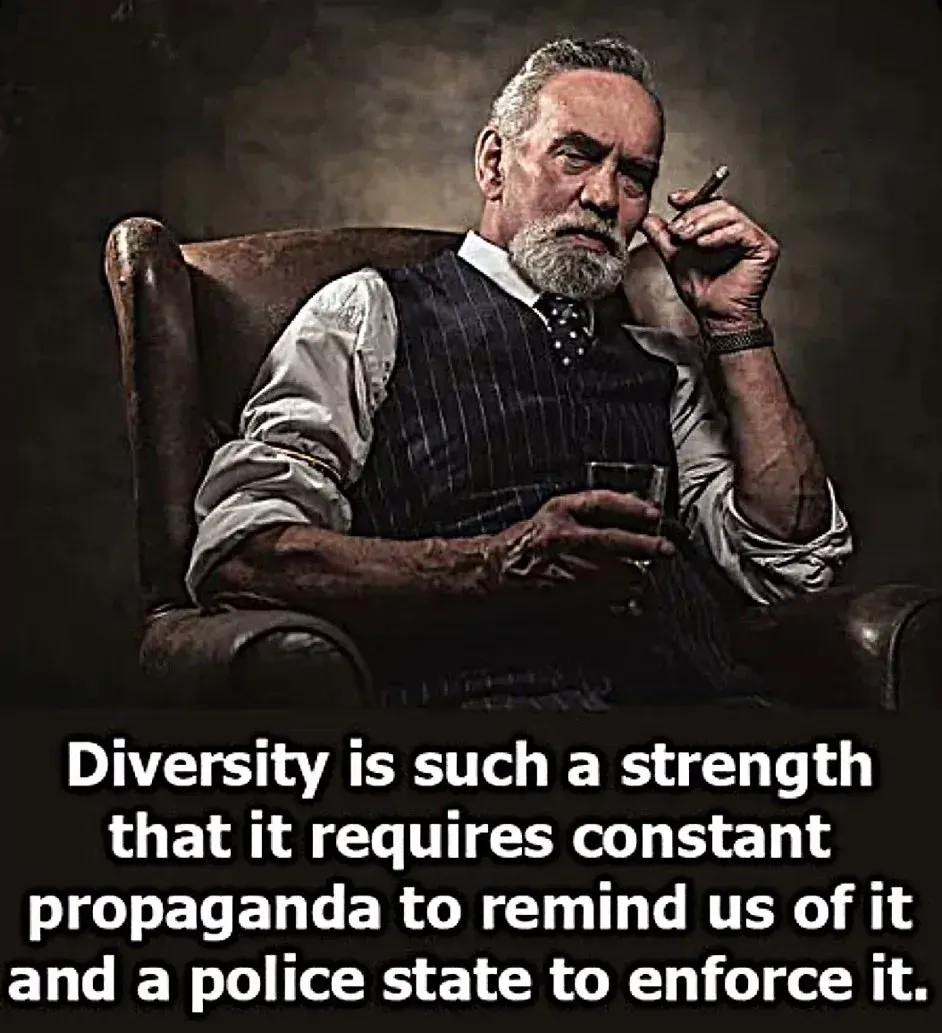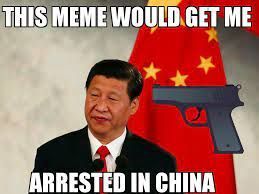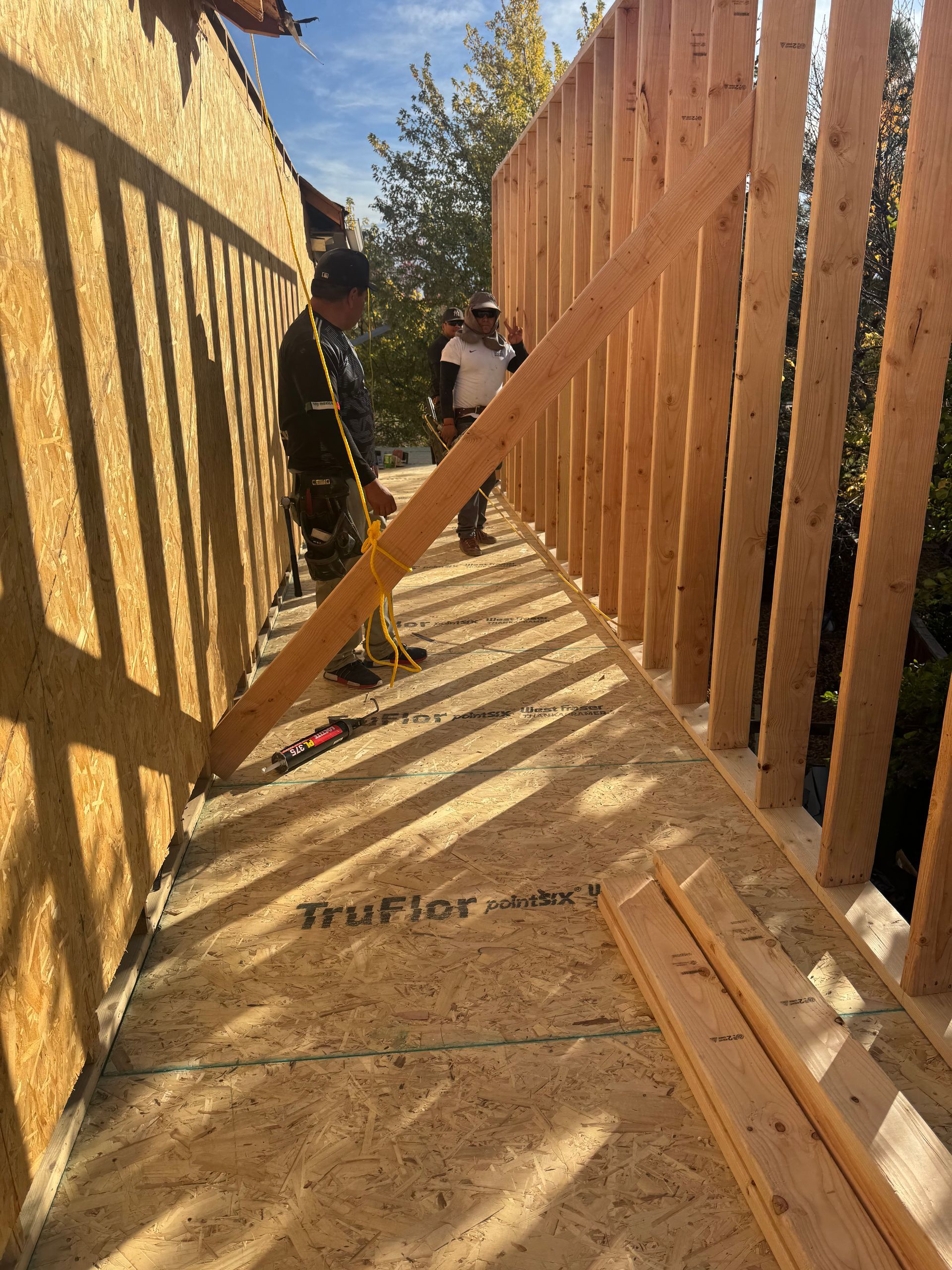Should the Feds Step In to Stop Violent Crime? A Look at America’s Most Dangerous Cities
Why Federal Backing for Local Law Enforcement May Be the Only Way to Restore Order in America’s Most Violent Cities

Introduction
Violent crime has become concentrated in a handful of America’s cities, and within those cities, in a few neighborhoods where lawlessness has been allowed to fester for decades. These areas, often poor and minority-majority, are plagued by gangs, drugs, and repeat offenders who treat the justice system like a revolving door. Local politicians have too often failed, preferring empty rhetoric about equity or criminal justice reform instead of protecting the very communities suffering the most.
This raises the central question: should the federal government step in to restore law and order in America’s most violent neighborhoods? From a conservative standpoint, the answer is yes, but only if the mission is clear: support law enforcement, take violent offenders off the streets, and deter future crime with certain and tough consequences.
Why Federal Help Makes Sense
Crime is Out of Control in Certain Cities
Cities such as Baltimore, Chicago, Detroit, St. Louis, and Philadelphia consistently top the charts for homicides and shootings. Families in these neighborhoods live under the daily threat of gunfire, drug trafficking, and gang violence. Many of the victims are innocent bystanders, often children. Yet local leaders frequently double down on progressive experiments like bail reform, defunding police budgets, and limiting proactive policing. These policies have left officers demoralized and communities unsafe.
When local leadership refuses to prioritize public safety, it becomes necessary for the federal government to step in. The federal government has a duty to protect its citizens, especially when local governments have failed in that most basic responsibility.
The Federal Government Brings Tools Local Police Lack
Federal agencies have resources that local departments simply cannot match. The ATF can trace illegal guns across state lines and dismantle trafficking networks. The FBI and U.S. Marshals can target interstate gangs and fugitives. Federal prosecutors can hammer violent felons with long sentences under federal statutes that local prosecutors are either unwilling or unable to pursue.
Past efforts like Project Safe Neighborhoods have shown how federal prosecution of gun crimes creates deterrence. When criminals know that picking up a gun means certain federal time, behavior changes. These tools, if used aggressively, can support local police departments and help restore order in violence-plagued areas.
Deterrence Works When Criminals Believe the System Means Business
One of the most powerful but overlooked tools in crime prevention is deterrence. Deterrence only works when punishment is swift, certain, and severe enough to outweigh the perceived benefits of crime. Unfortunately, many cities have adopted policies that erode deterrence by letting violent offenders back on the streets with little consequence.
Federal involvement can change that equation. When federal prosecutors bring tough charges with long sentences, criminals notice. The threat of real prison time under federal law is often enough to force behavior change, especially when it becomes clear that repeat offenders will no longer get second and third chances.
The Problems With “Soft” Approaches
Liberal Experiments Have Failed
Over the last several years, progressive cities have pushed policies like bail reform, restorative justice, and defunding the police. These experiments were sold as compassionate alternatives, but the results are undeniable: violent crime surged.
After 2020, homicide rates spiked nationwide, particularly in cities that embraced these policies. Prosecutors in places like New York, Los Angeles, and Philadelphia refused to prosecute many offenses, contributing to a sense of lawlessness. Ordinary citizens, particularly those in poor minority neighborhoods, were left to pay the price.
Federal Overreach Can Hamstring Cops
When the federal government enters cities under the banner of “civil rights oversight,” it often means the imposition of consent decrees. While well-intentioned, these agreements frequently bury officers in paperwork and discourage proactive policing. Baltimore’s experience is a prime example: after its police department came under a consent decree, proactive policing declined and homicides rose.
The federal government should not enter cities to lecture or undermine police departments. Instead, it should bolster law enforcement by providing resources, intelligence, and prosecutorial power. The mission should be about fighting crime, not imposing Washington’s progressive ideology.
How Federal Help Should Be Done
Target the Worst Offenders
Any federal initiative must focus on the small percentage of individuals who commit the majority of violent crimes. These include gang leaders, repeat offenders, and gun traffickers. Federal statutes should be used aggressively to impose long prison terms on these individuals.
Publicizing convictions is also critical. When communities see that the system means business, deterrence takes hold. The message must be clear: commit violent crime, and you will go away for years, no excuses.
Support Local Police Instead of Undermining Them
Federal agents should act as force multipliers, not hall monitors. Their role should be to provide manpower, technology, and investigative tools that local police cannot access on their own. Local officers know their neighborhoods and need support, not interference.
Too often, federal involvement has meant second-guessing officers and creating layers of bureaucracy. That must stop. The mission should be to empower police, not tie their hands.
Enforce the Law With Certainty
Conservatives believe that laws must be enforced consistently and without apology. Too many liberal prosecutors pick and choose which crimes to prosecute, often letting violent offenders slip through the cracks. Federal prosecutors can fill that gap.
Gun crimes, carjackings, and gang leadership should all be federal priorities. If offenders know they will face federal charges and long sentences, the calculus of crime changes.
What Success Looks Like
Removing Violent Offenders
The most immediate result of a federal crackdown is that violent criminals are taken off the streets. These individuals often account for a disproportionate share of violence in their neighborhoods. Taking them out of circulation immediately improves safety for law-abiding citizens.
Restoring Safe Communities
When violent crime drops, neighborhoods can begin to rebuild. Parents can let their children play outside. Small businesses return and jobs are created. Churches and community groups can thrive without being overshadowed by gangs and drug dealers.
Providing Relief to Victims
Poor minority families are the ones most victimized by violent crime. Contrary to progressive rhetoric, tough-on-crime policies benefit these communities the most. The victims of shootings, robberies, and assaults overwhelmingly come from these neighborhoods. Restoring law and order is an act of justice for the families who have suffered the most.
Case Studies
Project Exile – Richmond, VA
In the late 1990s, Richmond was one of the most violent cities in America. Project Exile was launched as a partnership between local police and federal prosecutors. The program ensured that anyone caught with an illegal gun faced a mandatory five-year federal sentence.
The results were dramatic. Homicides dropped significantly, and criminals got the message: gun crime would no longer be tolerated. This program stands as a model of how tough federal involvement can save lives.
Operation Legend – 2020
Launched in response to surging violence in cities like Chicago and Kansas City, Operation Legend deployed federal agents to assist local police with investigations, prosecutions, and arrests. Thousands of arrests were made, and hundreds of firearms were seized.
While critics complained about federal overreach, the communities plagued by violence welcomed the increased presence. Operation Legend showed how the federal government can provide real muscle when cities are overwhelmed.
A Blueprint for Federal Involvement
- Focus federal resources on the most violent cities and neighborhoods.
- Prioritize prosecution of repeat offenders, gang leaders, and gun crimes.
- Empower local police departments with resources and support, not red tape.
- Publicize convictions and tough sentences to restore deterrence.
- Reject progressive experiments that undermine deterrence and embolden criminals.
- Measure success not by equity reports, but by reduced crime rates and safer communities.
Conclusion
The federal government has an important role to play in addressing violent crime, but only if it is done the right way. Federal involvement should not be about imposing liberal ideology or second-guessing law enforcement. It should be about supporting police, prosecuting violent offenders, and restoring safety to America’s most dangerous neighborhoods.
The conservative position is clear: stop coddling criminals, stop handcuffing the police, and start putting victims and law-abiding citizens first. Families in poor minority neighborhoods deserve the same peace and safety as anyone else, and the only way to provide that is through strong law enforcement, tough prosecution, and unwavering commitment to law and order.
References
Bureau of Justice Assistance. (2001). Project Safe Neighborhoods. U.S. Department of Justice.
Federal Bureau of Investigation. (2023). Crime Data Explorer.
Herbert, B. (1999). Project Exile: A New Approach to Fighting Gun Crime. The New York Times.
Office of Justice Programs. (2020). Operation Legend: Combating Violent Crime in American Cities. U.S. Department of Justice.
Rosenfeld, R., Abt, T., & Lopez, E. (2021). Pandemic, Social Unrest, and Crime in U.S. Cities. Council on Criminal Justice.
United States Sentencing Commission. (2022). Federal Firearms Offenses.
Disclaimer:
The views expressed in this post are opinions of the author for educational and commentary purposes only. They are not statements of fact about any individual or organization, and should not be construed as legal, medical, or financial advice. References to public figures and institutions are based on publicly available sources cited in the article. Any resemblance beyond these references is coincidental.











